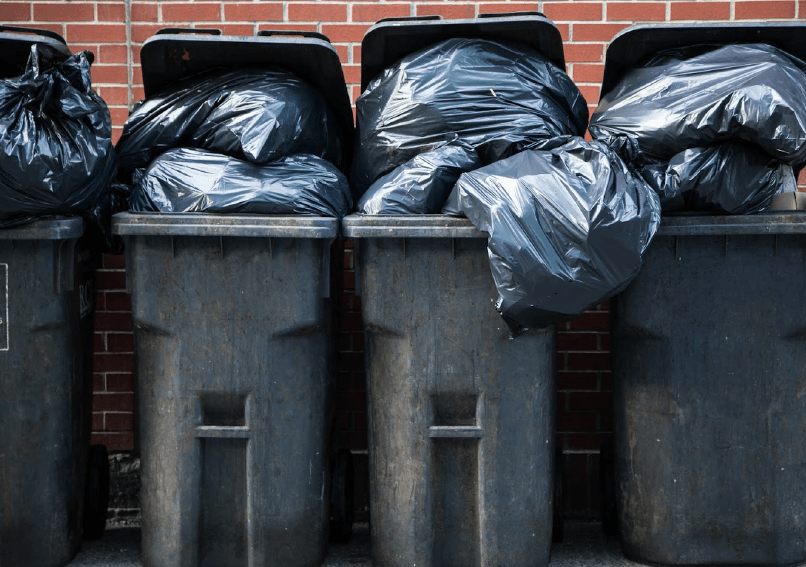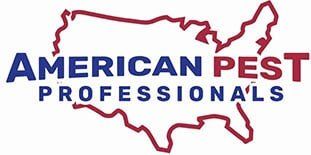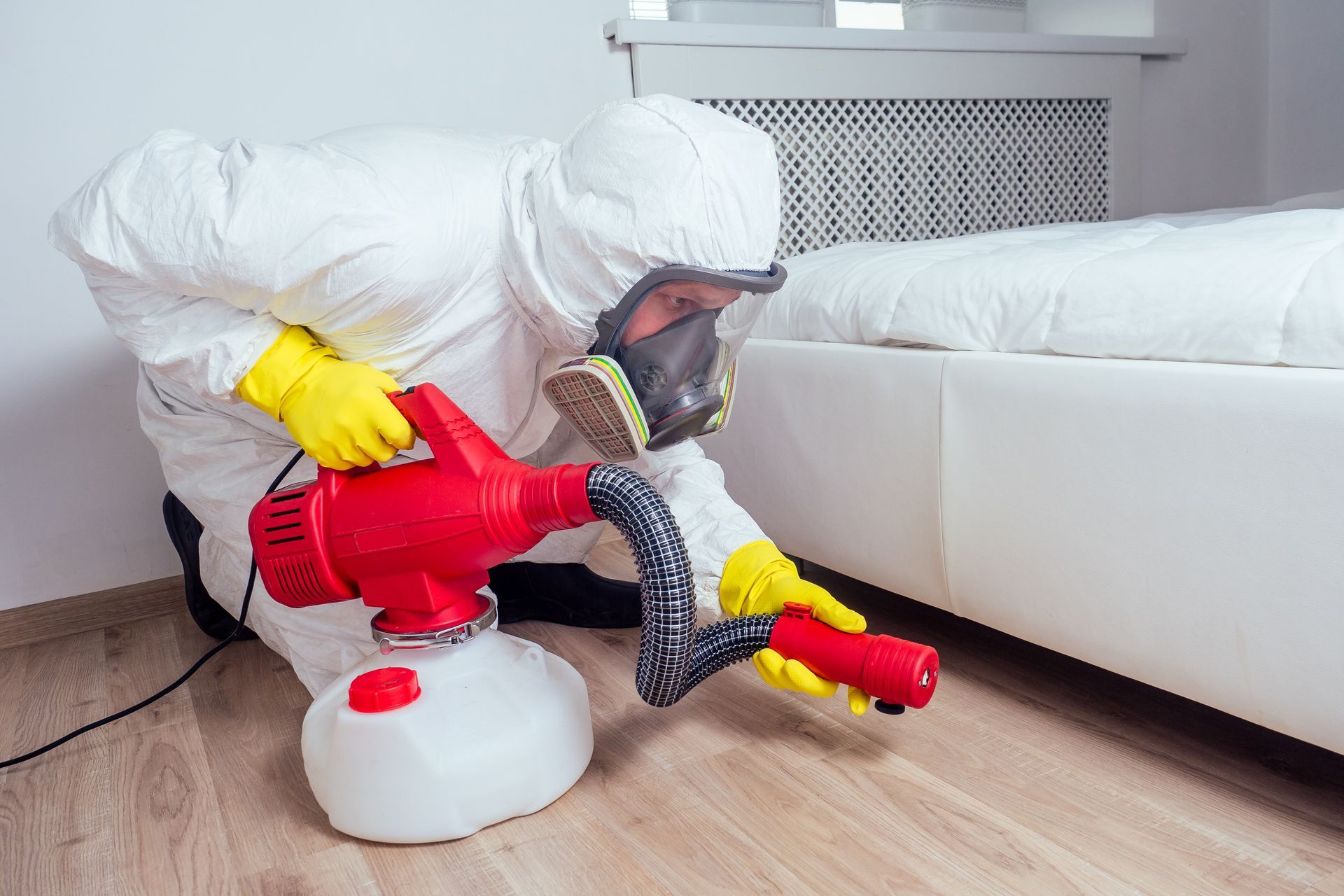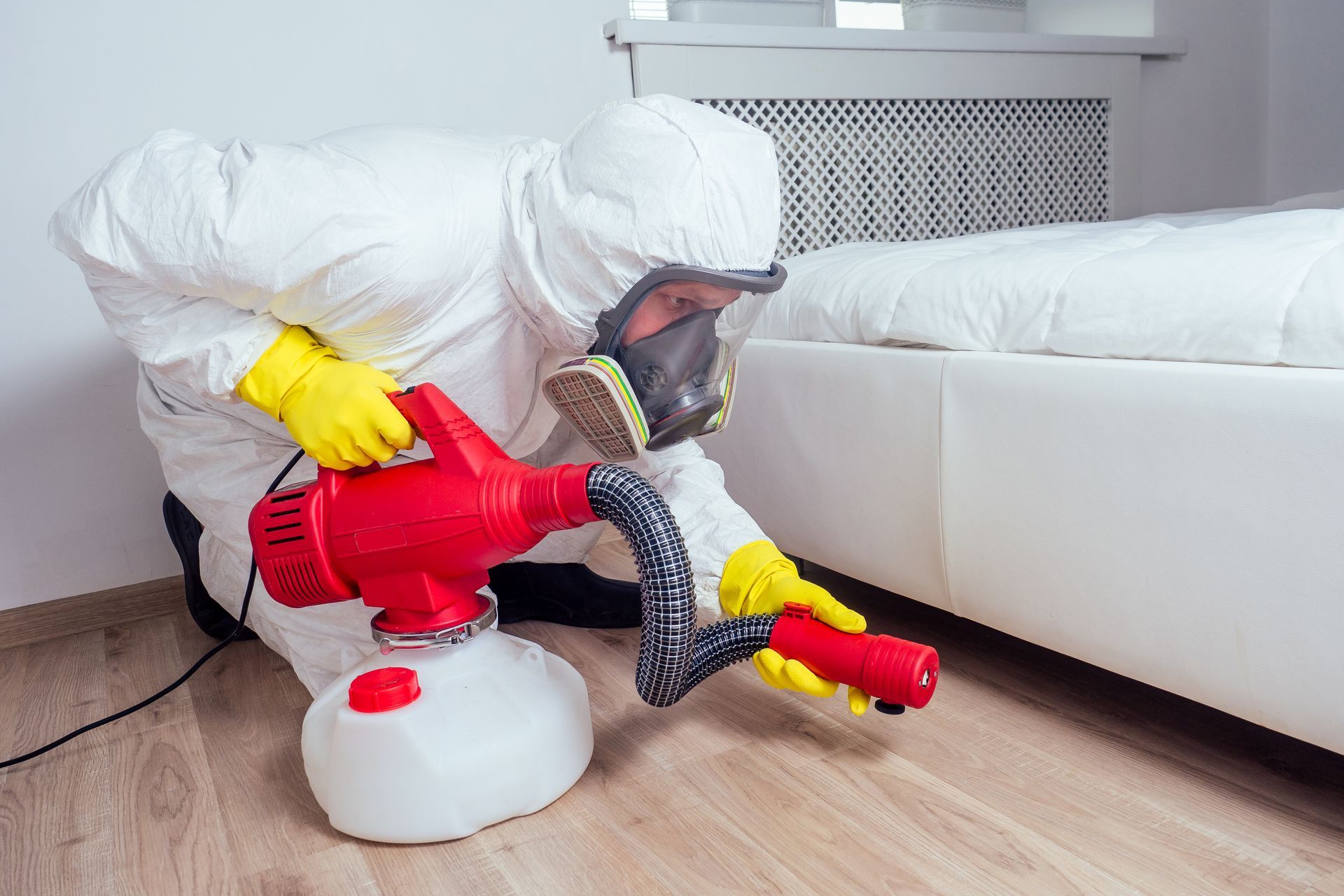Questions And Answers About Filth Flies
Admin • October 20, 2021

Many homeowners associate images of rotting food or piled-up garbage bags with the presence of annoying flies, and for good reason. A category of insects known as filth flies have a strong attraction to decaying organic matter, making them a common nuisance both in homes and in facilities that store or serve food.
Since filth flies can prove annoying, disgusting, and potentially harmful, smart homeowners will want to learn about how these creatures live, what kinds of problems they can cause, and how to keep their residences as free of them as possible. Get a head start on your filth fly issues by studying the following questions and answers.
What Kinds of Insects Count as Filth Flies?
The order Diptera encompasses all species of flies; in fact, it even includes gnats and mosquitoes. The members of the order known as filth flies earn their nickname because they actually make their homes and raise their young in garbage, excrement, the bodies of dead animals, and other organic waste materials.
Filth flies may belong to the large or small category. Large filth flies include common house flies, little house flies, blow flies, stable flies, black garbage flies, and flesh flies. Small filth flies include species such as drain flies and fruit flies. Their names give some indication as to their preferred environments or food sources.
Why and How Do Filth Flies Thrive in Homes?
While species such as stable flies mainly feed and reproduce in outdoor environments, any kind of filth fly can find adequate water and food sources with homes. For instance, drain flies can live on the semi-solid muck found inside kitchen or bathroom plumbing, while fruit flies feast on anything sweet or fermented.
Unsealed trash bags, open trash cans, rotting lawn clippings, and stables filled with dirty straw invite filth flies to set up habitation. A single filth fly can produce over 1,000 eggs
within just a couple of weeks. The eggs then take only about eight weeks to mature into adult flies.
What Disease Risks Do Filth Flies Pose?
Because filth flies ingest and travel through unsanitary materials, they can easily pick up harmful fungi, viruses, and bacteria. They can then transfer those pathogens to surfaces by walking across them or regurgitating onto them (as their means of digesting food). Some flies may transmit diseases to humans by biting them.
Different kinds of filth flies may present different kinds of disease risks. The common house fly, for example, can spread cholera, typhoid fever, shigellosis, and E. coli bacteria (a common cause of food poisoning). Filth flies can also cause infestations of parasitic worms by transferring the eggs of those worms to people and pets.
How Can You Get Rid of Filth Flies?
If your filth fly problem has grown beyond your ability to control it with flypaper or fly swatters, you may need the assistance of a professional pest control company. Pest control specialists can use pesticide chemicals to kill even large filth fly populations while following the proper safety measures that these chemicals require.
Once you've eliminated that infestation, take steps to deprive the filth flies of the waste products they live on. Keep all household drains clean, seal your trash bags, cover your trash cans at all times, muck out any stables you maintain on your property, and get rid of any dead vermin in or around your home.
Keep in mind that small filth flies find it relatively easy to pass through cracks or gaps in your home. If you want to keep the local fly population outdoors where it belongs, consider sealing any such gaps that you may find around doors, windows, or plumbing pipes.
American Pest Professionals knows how to control a wide range of insect pests, including filth flies. If you need some help ridding your home of these unwanted guests, contact
our team today to schedule any necessary pest control services.









